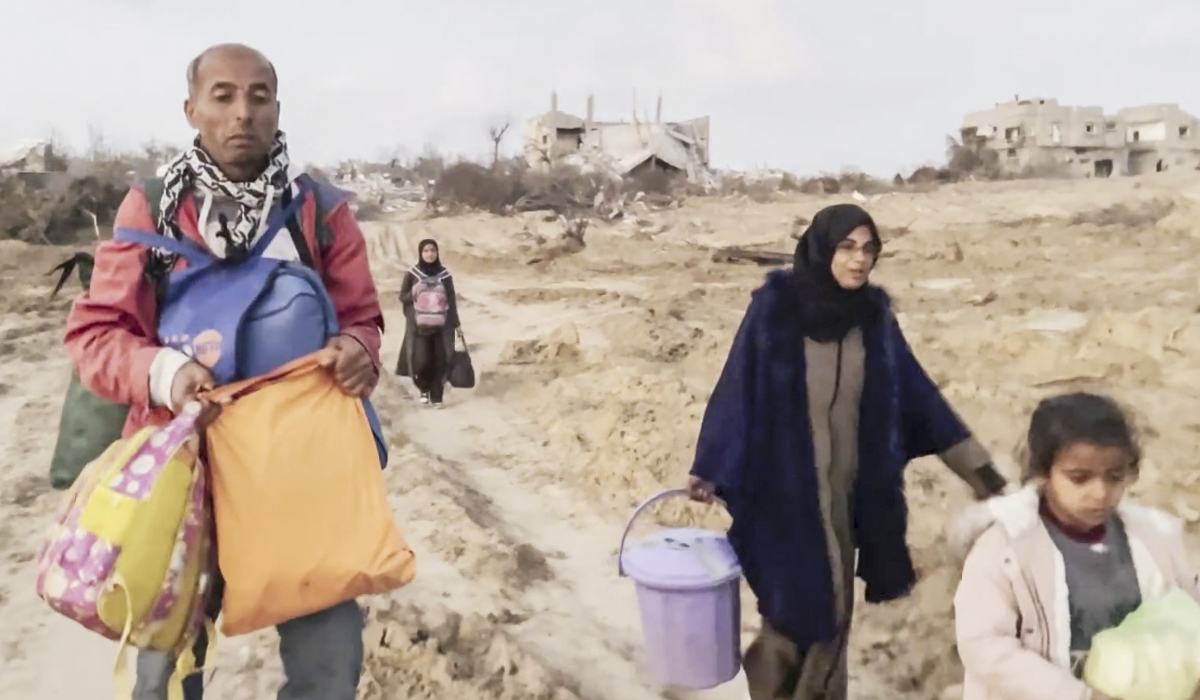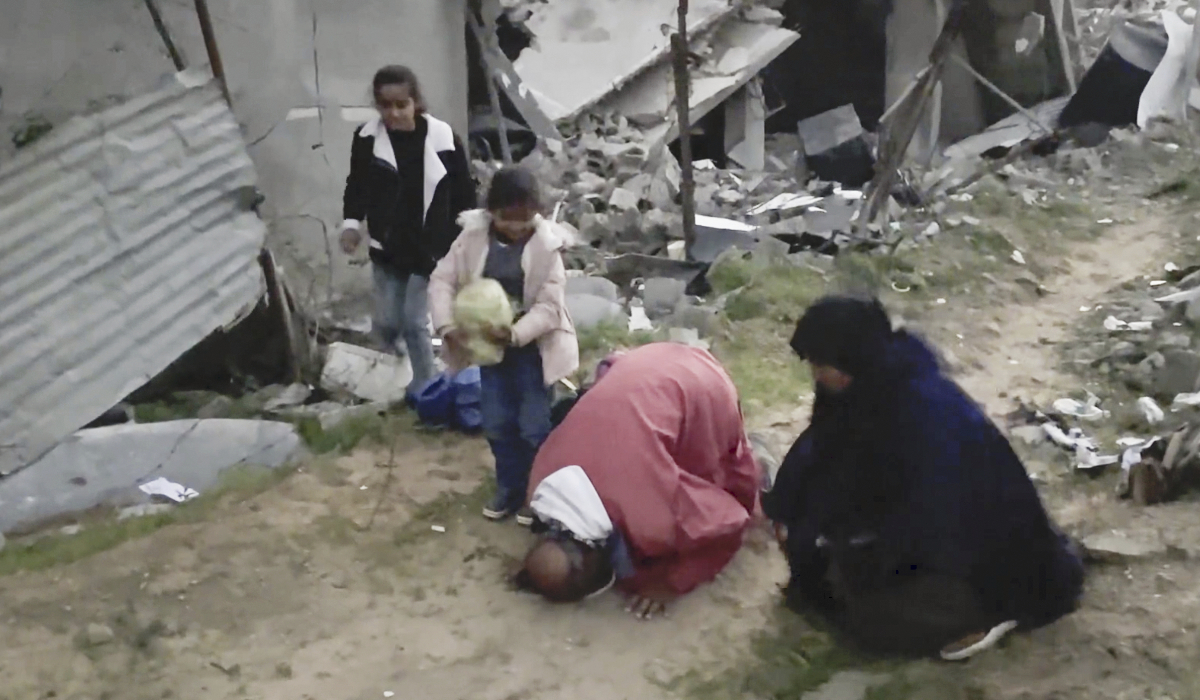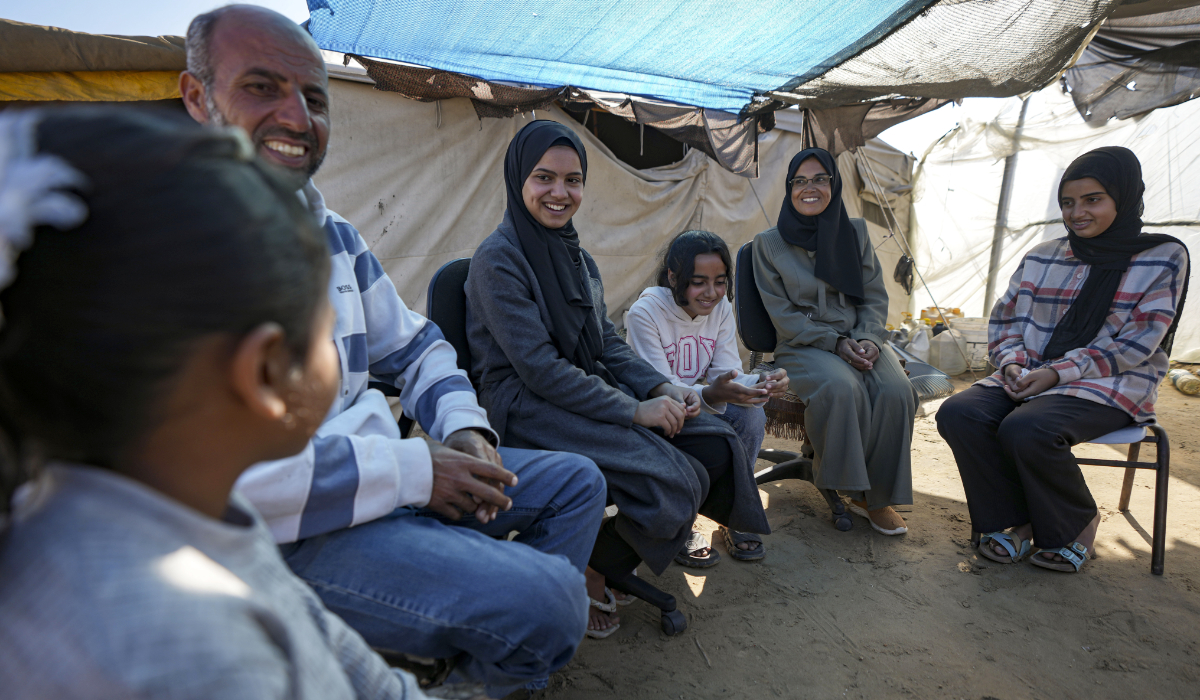NEW YORK CITY: The UN Security Council on Monday condemned “in the strongest terms” Houthi strikes against international maritime traffic in the Red Sea and demanded that all such attacks “cease immediately.”
The Iran-backed Houthis have been targeting vessels in the Red Sea and the Gulf of Aden since November and say their assaults will continue until Israel ends its war on Gaza.
The attacks highlighted by the council included one on March 6 on the Barbados-flagged merchant carrier True Confidence in the Gulf of Aden, which left two Filipino nationals and a Vietnamese citizen dead and several crew members injured. It was the first fatal strike against shipping by the Houthis.
Another was an anti-ballistic missile attack on Feb. 18 that targeted the Belize-flagged, UK-owned cargo ship Rubymar and caused it to sink. The vessel was carrying 21,000 tonnes of fertilizer, raising fears of environmental damage to the Red Sea, including its coral reefs and marine life.
Council members reiterated the importance of the “full implementation of Resolution 2216” and subsequent resolutions that call for an end to the violence in Yemen and to all unilateral actions that threaten the political process in the country.
They emphasized the need for “practical cooperation, including with the government of Yemen, to prevent the Houthis from acquiring the arms and related materiel necessary to carry out further attacks,” and reiterated that all member states must adhere to “their obligations in regards to the targeted arms embargo.”
The council also demanded the immediate release of the Japanese-operated cargo ship Galaxy Leader and the 25 members of its crew, who have been unlawfully detained by the Houthis for more than 100 days.
Members emphasized the importance of Red Sea maritime routes to humanitarian operations in Yemen and beyond, and to the local fishing industry and the Yemeni people whose livelihoods it supports. They reaffirmed that “the exercise of navigational rights and freedoms by merchant and commercial vessels of all states transiting the Red Sea and Baab Al-Mandab, in accordance with international law, must be respected.”
With that in mind, council members warned of the adverse effects of a “March 4 Houthi decision purporting to require ships obtain a permit from their ‘Maritime Affairs Authority’ before entering Yemeni waters, on the freedom of commercial navigation and humanitarian operations, including into Yemen.”
Last week, UN officials expressed concern that parties involved in the conflict in Yemen might engage in “risky military adventurism” that could push the country into a new cycle of war.
“Although we have tried to shield the peace process from regional developments since the war in Gaza, the reality is (that) what happens regionally impacts Yemen, and what happens in Yemen can impact the region,” Hans Grundberg, the UN’s special envoy for Yemen said during a meeting of the Security Council to discuss the latest developments in the country and the Red Sea. “The current trajectory gives cause for serious concern.”
Council members stressed the importance of efforts to enhance regional and international cooperation to counter threats to peace and security in the region, and called for a deescalation of hostilities in the Red Sea to help preserve the peace process in Yemen.
They commended the internationally recognized government of Yemen on its efforts “to preserve the maritime environment,” and called on all UN member states, organizations and agencies to support that work.
The council also emphasized the need to “prevent further regional spillover of the conflict, and its impact on the security and the stability of the region and beyond,” and reiterated “the necessity to address the root causes contributing to regional tensions and to the disruption of maritime security in order to ensure a prompt, efficient and effective response.”





























